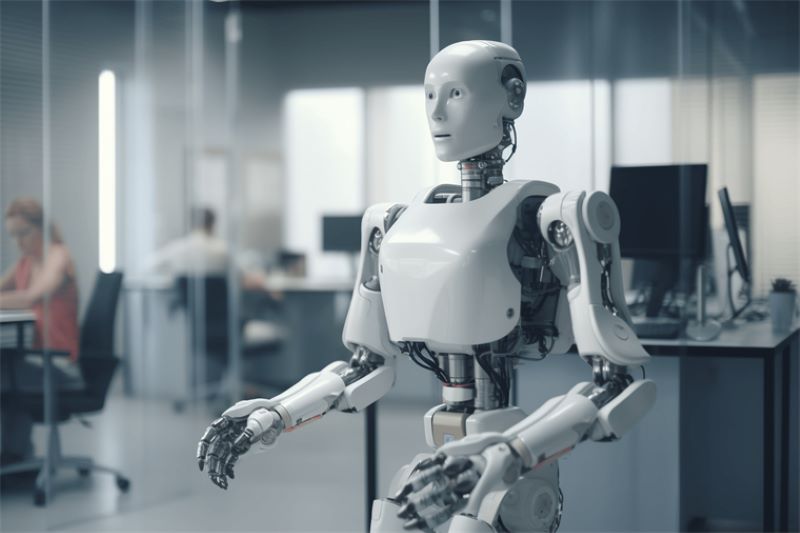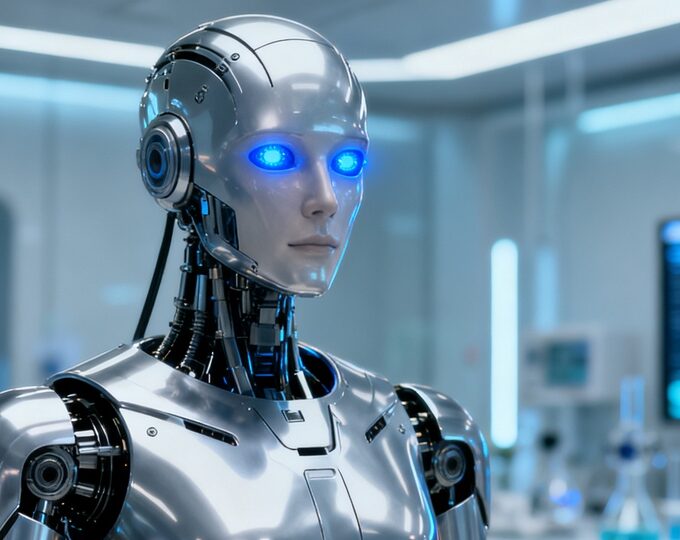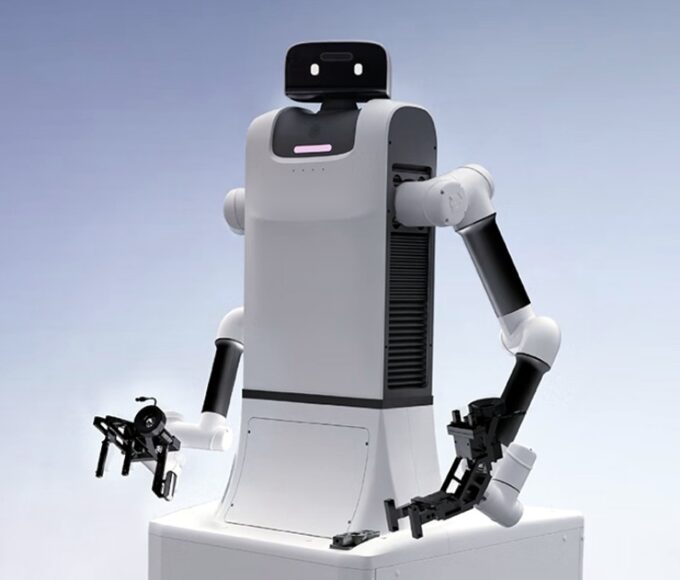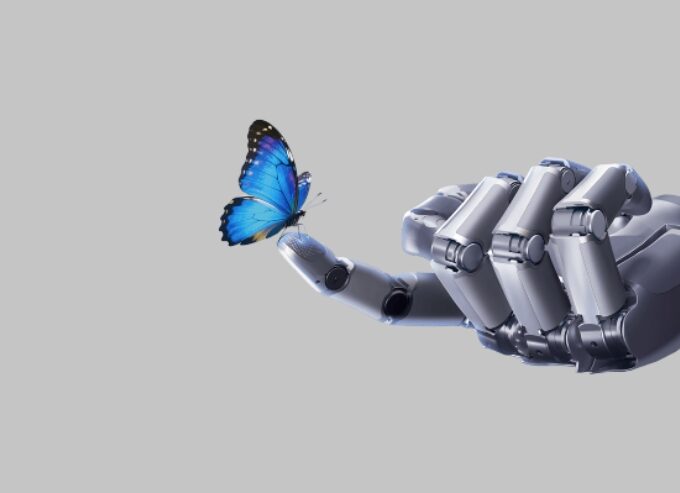In the continuous innovation and change of scientific and technological innovation, robotics has always been an important part. Back in 1958, Joseph Engelberger and George Devol worked together to create the world’s first industrial robot, Unimate, which was officially put into use on the assembly line of General Motors in 1961. With its unique rectangular body and sturdy mechanical arms, it opened the precedent of robot-assisted production. Although the appearance of Unimate is far from the image of robots in the minds of the public, it has effectively broken the inherent concept that robots must be anthropomorphic.
However, history continues to develop, and the wave of intelligence has made human shape a new trend in robot design. The current market regards humanoid robots as a strong candidate for future disruptive products, indicating that they will profoundly affect human production and lifestyle and reshape the global industrial landscape. Faced with this latest trend, a question worth pondering emerges: Do robots really have to be in human form as the only form?
Non-humanoid Robots in Different Fields
In fact, non-humanoid robots have shown extraordinary capabilities in practical applications. From the bronze giants in ancient Greek mythology to the humanoid robots in science fiction films and TV shows, human cognition of robots is deeply influenced by history and culture. However, in the 21st century, with the rapid development of science and technology, people began to realize that it is often those specialized automated devices that truly serve humans efficiently. Although household appliances such as sweeping robots, dishwashers, and washing machines have different forms, they have effectively changed people’s lifestyles. In the medical field, surgical robots have accurately completed countless minimally invasive surgeries in the form of robotic arms. Self-driving cars, as a type of robot, are also quietly changing the traffic landscape of cities.
However, driven by embodied intelligence, humanoid robots have once again become the focus of industry attention. From the transformation from robotic arms in the field of automobile manufacturing to humanoid robots, we have seen new changes in the industry’s understanding of robot form. Figure 01 in the United States and Tesla’s “Optimus Prime II”, these humanoid robots are gradually entering factories, performing complex tasks from assembly to sorting, showing the huge potential of humanoid robots in the industrial field.

Reasons for the Popularity of Humanoid Robots
So, why are humanoid robots so popular? First of all, the humanoid design gives robots stronger environmental adaptability. After millions of years of evolution, the human body structure has become extremely efficient and adaptable. Humanoid robots can make full use of this experience and be more handy when performing complex tasks. At the same time, human production and living environment, building furniture and production tools are designed based on the human body structure, and humanoid robots can be integrated into them without large-scale transformation of existing scenes. Humanoid robots also have significant advantages in functional diversity and interactivity. They can perform tasks across scenes and achieve concrete interaction with humans through facial expressions, body movements and eye contact, thereby enhancing users’ trust and sense of participation.
Although the capabilities of humanoid robots are constantly improving, commercialization still faces many challenges. High costs and technical difficulties that have not yet been fully overcome are the main factors restricting their development. However, with the rapid development of artificial intelligence technology, especially the breakthrough of large-model AI technology, humanoid robots are ushering in unprecedented development opportunities. Humanoid robots are on the eve of an explosion and are expected to be widely used in the next 10 to 20 years. In terms of price, as manufacturing costs decrease, humanoid robots are expected to become popular equipment, and the price is expected to drop to the same level as cheap cars.
Application Fields of Humanoid Robots
The advantages of humanoid robots are particularly obvious in scenarios such as education, entertainment and home services. They can interact with humans in a more natural and smooth way, providing personalized services and support. For example, in the field of education, humanoid robots can act as teachers and communicate with students face to face to improve learning efficiency. In home services, humanoid robots can establish deep emotional connections with users through voice, expression and action, and provide more intimate and meticulous services.
Humanoid robots also have broad application prospects in high-risk fields such as medical care and rescue. They can replace humans to perform dangerous tasks and reduce the risk of casualties. In the medical field, humanoid robots can assist doctors in surgery and treatment through precise operation and execution capabilities, and improve medical standards and efficiency.
As one of the important directions of future scientific and technological innovation, humanoid robots are leading the development trend of robotics technology with their unique advantages and potential. Although there are still many challenges and difficulties, with the continuous advancement of technology and the continuous expansion of application scenarios, humanoid robots are expected to be widely used in the future and make important contributions to the sustainable development of human society.












